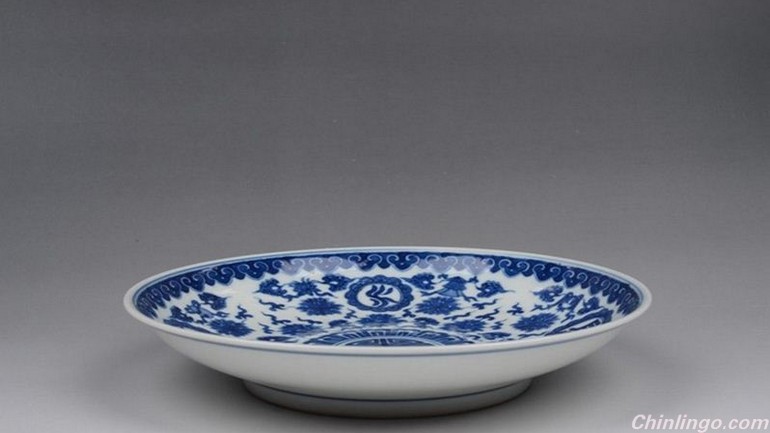
It’s fun to visit the Panjiayuan flea market in Beijing, especially
early on Saturday and Sunday mornings, when there are more vendors and
visitors than on weekdays.
逛北京潘家园的跳蚤市场很有趣,尤其是在周六和周日的早上,小贩和游客都比平时要多。
It’s a large, colorful, bustling hive of activity with vendors in tall
covered sheds in the middle, shops along the sides, a side area selling
old books, magazines, and posters; and lots of vendors who spread their
porcelains, carvings, jade pieces and other wares out on the pavement.
市场面积很大,商品五彩缤纷,小贩喧闹繁忙。市场的中央是大棚摊位,四周是店铺,有一侧是专卖旧图书、杂志和海报的区域,很多小贩甚至把瓷器、雕刻、玉器等各种物件摆在过道上。
The conventional wisdom is that a high percentage – some Chinese friends
tell me as high as 90% — of the purported antiques on offer are in fact
fakes.
按照以往的经验,这里出售的所谓文物有相当一部分是赝品,一些中国朋友告诉我,赝品率高达90%。
I don’t really know, although I did visit once with a Chinese antique
expert who helped us to very selectively pick out genuine, mostly Qing
Dynasty porcelain pieces. With his counsel, we were able to negotiate
very reasonable prices. We bought them because we like them, rather than
as investments. Even if they are fakes, we still like them.
我不甚了解,但我曾经和一个中国文物专家来过,他帮我们精挑细选了一些真品瓷器,其中大部分是清代瓷器。有了他的建议,我们得以谈下非常划算的价格。我们买这些瓷器出于喜爱而非投资目的。即便是赝品,我们也喜欢。
On another visit we were in the central stall section where there is a
hodgepodge of everything on display from paintings to carvings to
porcelain, old cameras and typewriters – you name it.
还有一次,我们去逛市场中间的大棚摊位。那里摆的东西五花八门,应有尽有,从字画、雕刻、瓷器到旧相机、旧打字机。
Some of the vendors are more aggressive than others in pitching their
wares. Almost all of them have mastered the expression in English:
“Looky looky ! “ which is often accompanied by a grand sweep of the arm
above the goods lying on the ground, as if looking at them were by
invitation only.
有些小贩在推销物件时比别人更用心,他们几乎都掌握了 “瞧一瞧,看一看”的英语说法(Looky looky!),他们一边喊着,一边猛烈挥舞着手臂,罩着摆在地上的商品,仿佛只有受邀请才能看一看它们。
Often, when I saw an interesting porcelain object, I would ask the
vendor what dynasty it dated from. Most of them said the pieces were
from the Qing Dynasty.
通常,我看到感兴趣的瓷器,就会向小贩询问制造朝代。大部分小贩都说这些瓷器是清代造的。
I asked a skinny young Chinese man with a mustache about one of his vases, a flowery yellow and green one.
我向一个留着小胡子、骨瘦如柴的中国小伙子询问一件青黄双色纹饰花瓶。
What dynasty is this from ?
“这件东西是哪个朝代的?
“Qing Dynasty.”
“清朝。”
I then pointed to another one of his pieces, which was a tea cup with an
image of the late Chinese leader Lin Biao on it. I asked him how old it
was.
随后,我又指着一件印着中国已故领导人林彪画像的茶杯问他:“这件有多古老?”
“Qing Dynasty.”
“清朝。”
Hmmm. Some of those Qing porcelain makers had tremendous foresight. (
Lin Biao died in 1971 at the age of 64, and the Qing Dynasty ended in
1911.)
呵呵,一些清朝瓷匠可是真有远见。(林彪1971年去世,终年64岁,清朝亡于1911年。)



 闽公网安备 35020302035673号
闽公网安备 35020302035673号
0 responses on "Qing Dynasty Porcelain"